An initial analysis of the finalised SPG provides clear indications of how responses to last year’s
draft version have (in large part beneficially) influenced revisions –particularly in terms of increased clarity and elements of moderation throughout the guidance. The threshold approach to viability and its two routes for applicants are explained in simpler terms, as a key example. In terms of detail, there is now scope for more flexibility in applying the guidance on viability assessments. There are also entirely new paragraphs which would appear to have been added in response to the development sector’s concerns over apparent omissions – they cover for example: the consistency of the SPG with national policy and guidance, and with the London Plan; how applications referable to the Mayor will be treated in relation to affordable housing delivery; and how scheme amendments should be dealt with. Increased affordable housing provision on public land is given greater prominence than in the draft SPG too.
The Mayor’s
guidance on
bidding for grant funding from the £2.171bn Homes for Londoners Affordable Homes Programme 2016-21 remains relevant, in setting out how housing providers and developers should be considering bidding further for grant funding from the Programme (the first round of funding was
announced last month).
Turning first to the SPG, consultation on the draft
closed on 28 February. It is important to underline that as the SPG has now been finalised, it has superseded section 3.3. (Build to Rent) and Part 5 (Viability) of the
March 2016 Housing SPG; the rest of the Housing SPG remains current.
The new SPG provides guidance – with more clarity and detail than the draft version - on a wide array of affordable housing-related issues, which broadly fall within three main topics:
- A threshold approach to viability (Part 2);
- Guidance on viability assessments (Part 3); and
- Build-to-Rent (Part 4).
A threshold approach to viability
The 35% affordable housing (to be measured in habitable rooms) threshold is now ‘official’. The so-called ‘threshold approach’ is meant to incentivise developers to deliver 35% or more affordable housing in their schemes, by not requiring them to submit viability assessments (‘the fast track route’), if that proportion can be delivered without public subsidy and respecting other requirements (such as tenure mix). The SPG underlines that where Boroughs adopt different approaches to delivering a higher average percentage of affordable housing (without public subsidy), their local approach can continue to apply.
When a scheme does not meet the 35% threshold (under ‘the fast track route’), viability evidence has to be submitted, and review mechanisms apply to that evidence, to ensure that the ‘maximum public benefit is secured over the period of a development and can encourage the build out of schemes’. These review mechanisms consist of:
- early review, where an agreed level of implementation progress is not made within two years of the permission being granted (or within ‘a timeframe agreed by the LPA and set out within the S106 agreement’)
- an updated early stage review for stalled schemes
- a mid-term review for larger developments
and
- a review near the end of development, once 75% of units have been sold (or at a point agreed with the LPA).
If a surplus profit is identified at late stage review, this should be split 60/40 between the borough and the developer, with 60% of surplus profit used for additional affordable housing.
Applicants proposing off-site or cash-in-lieu contributions (for which the Mayor says ‘viability alone is insufficient justification’), developments that involve the demolition of existing affordable housing, or where the applicant claims that the vacant building credit applies, all have to submit viability evidence.
The ‘
Homes for Londoners: Affordable Homes Programme 2016-21 Funding Guidance’ that was published alongside the draft version of the SPG already specifies the incentivising circumstances in which the Mayor will make funding available to guarantee an increase in the number of affordable homes delivered. For the ‘viability tested route’, grant will apply to all affordable homes if the affordable housing delivered with grant is more than 40%; if the affordable proportion with grant is lower than 40%, the grant will only apply to the additional units ‘over and above the baseline level of affordable housing […] viable on a nil-grant basis’. For ‘fast track route’ schemes (viability evidence NOT required), grant will only be available if this allows the proportion of affordable housing to increase above the nil-grant position to a level of 40% or more.
The new SPG positively promotes prospective applicants determining whether grant and other forms of subsidy are available which should be used to increase the level of affordable housing delivered.
Further clarity is provided now on the London Living Rent (LLR), on tenure and the definition of BtR – registered providers (RPs) are expected to offer tenants (whose combined income is below £60,000) the right to purchase their LLR home on ‘a shared ownership basis’ (no time period being specified).
Finally, the Mayor’s view on the national Planning Practice Guidance’s
Vacant Building Credit (VBC) is clear: this will not be appropriate in London ‘in most circumstances’, as developments on brownfield land would come forward anyway. The SPG also underlines that if an applicant argues that a scheme qualifies for VBC, community infrastructure levy relief cannot be claimed through the Regulation 40 vacancy test.
Guidance on viability assessments
Given the importance placed on viability assessments as the means for scrutinising schemes that fail to hit the 35% affordable housing threshold, the SPG provides comprehensive guidance on how these assessments should be undertaken. The guidance offers detailed explanations on different appraisal requirements, development values and costs, including:
- How abnormal costs should be considered (these ‘would normally be expected to influence land value’ and therefore ‘it should not be assumed that abnormal costs will be offset at the expense of compliance with the Development Plan’);
- Build cost inflation, which should not be included (new detail is added on costs such as professional fees etc. that should be taken into account but that should be justified); and
- Developer’s profit, which is recognised as being ‘scheme specific’ - it needs to be justified by applicants, taking account of the ‘individual characteristics of the scheme’, the potential risks of the development and comparable schemes.
Furthermore, the Mayor maintains and underlines his preference, in terms of viability assessment approaches, for the ‘Existing Use Value Plus’ (EUV+) approach (to be used ‘in most circumstances’), where the benchmark land value is ‘based on the current use value of a site plus an appropriate site premium’. But in a change from the draft version of the SPG – likely to be in direct response to development industry concerns with this limited preference - the finalised guidance goes into considerable detail on how and when using alternative use value or a market value approach could be alternatives.
Finally, LPAs are invited to consider a more tailored approach to affordable housing for Opportunity Areas and Housing Zones, and on industrial land (including new reference to locally significant and other industrial sites, as well as Strategic Industrial Locations), taking into account the characteristics of such sites. In such areas/ for these sites, councils can apply a ‘localised affordable housing threshold for the fast track route’ or fixed affordable housing requirements that maximise affordable housing delivery.
Build-to-Rent
The last section of the SPG focuses on Build-to-Rent (BtR); the Mayor continues to openly express his support for such development and particularly recognises the ‘distinct economics of the sector’ (and states they should be taken into account in determining planning applications), in comparison with traditional ‘build for sale’.
The SPG has therefore defined specific requirements for these schemes. In recognising that one of the major constraints affecting BtR developments is the lack of an appropriate legislative/ planning framework, the Mayor defines a ‘BtR pathway’, the key principles of which are:
- A clearer definition of BtR, this being: schemes of at least 50 units, with homes (all self-contained and let separately) to be held as BtR under a covenant for at least 15 years; operation under unified ownership and management, including on-site management; and longer tenancies being offered (ideally three or more years, with rent certainty);
- Recognition of a specific affordable housing type associated with BtR, as all homes in BtR schemes should stay under single management and therefore discounted market rent (‘preferably at London Living Rent levels’) is to be preferred;
- The design of schemes, in terms of space standards, should be in accordance with Policy 3.5 of the current London Plan (with the guidance however recognising the scope for ‘flexibility on some design standards’, including the number of homes per core and the number of single-aspect homes);
- A specific approach to viability, recognising once again ‘the distinct economics’ of the sector – viability information is required (although ‘as the sector develops’ it may be possible for the Mayor to ‘set out a Fast Track Route specifically for BtR developments’ that follow the pathway ‘through the planning system’). For now, viability evidence is required and there are detailed specifications for BtR viability reviews; and
- Management standards, as BtR schemes should ‘showcase the best management practice in the rented sector’.
The Mayor’s 2016
guidance on
bidding for grant funding from the £2.171bn Affordable Homes Programme 2016-21 remains relevant to the SPG: it provides all the detail for providers and developers considering bidding for grant funding. In terms of timing, the first round of funding bids had to be submitted using the GLA’s new ‘Open Project System’ (OPS) between 31 January and 13 April this year. The assessment of all bids was to take into account: deliverability (including consideration of a provider’s delivery output under previous funding programmes, when a bid was for ‘indicative proposals’ i.e. those just showing the number of homes to start in each financial year); feedback from the London Borough; and Regulator feedback (e.g. on the provider’s business plan).
Announcements of allocations were delayed from May to
July.
With the Programme being for 60,000 starts on-site by 2021, eligibility to bid for grant is limited only to organisations intending to own the completed affordable homes. If properties are to be funded as London Affordable Rent or London Living Rent, the landlord also has to be registered with the
Social Housing Regulator. As explained above, BtR developers are expected to provide some units in their developments for sub-market rents. Where set at the level of LLR, providers retaining a legal interest in these homes will be able to bid to secure grant from the GLA, if the landlord of the properties is registered with the Social Housing Regulator (such properties would not have a mandatory right to shared ownership).
Funding bids were also (successfully) encouraged from London Boroughs.
As regards process, there are three bidding mechanisms: the ‘Approved Provider’ route (available if at least 50% of the provider’s housing starts in London between April 2015 and March 2021 are to be affordable homes); the ‘Developer-led’ route (for all schemes with less than 50% affordable housing, or with an ‘in lieu’ off-site provision that proposes more affordable homes than required under the s106 obligation); and a route for negotiated grant rates (for supported or specialist housing).
Schemes using the ‘Developer-led’ bidding route are incentivised to provide more affordable homes. Where the percentage of affordable housing proposed is more than 35% but less than 40%, funding is only available for the homes over and above the 35% level. If however grant would enable the level of affordable housing to be viably increased to 40% or more, it can be applied to every affordable home in the project. And if a development could viably achieve 40% or more affordable housing without GLA grant, providers can use the grant-funding to increase the level of affordable provision to an even higher level.
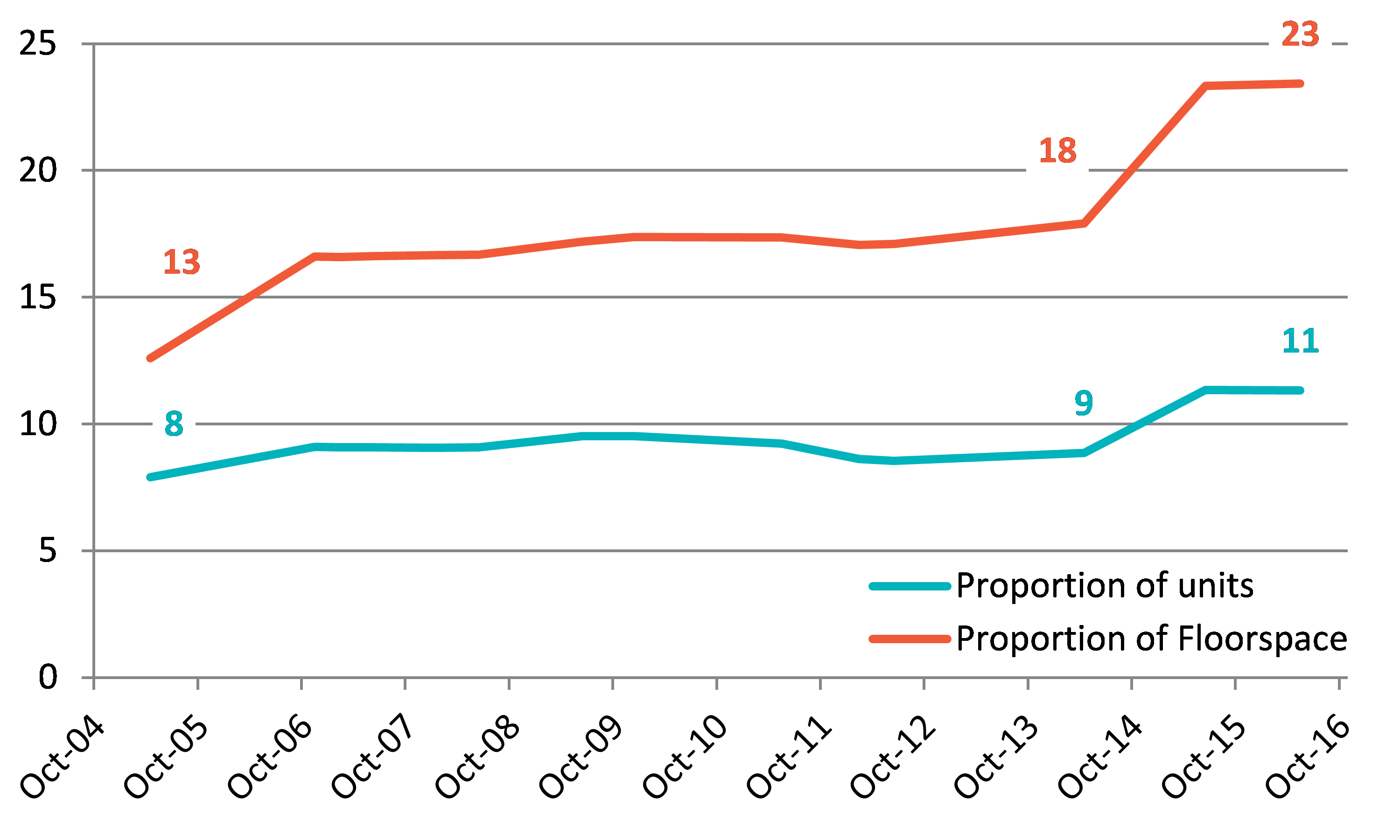
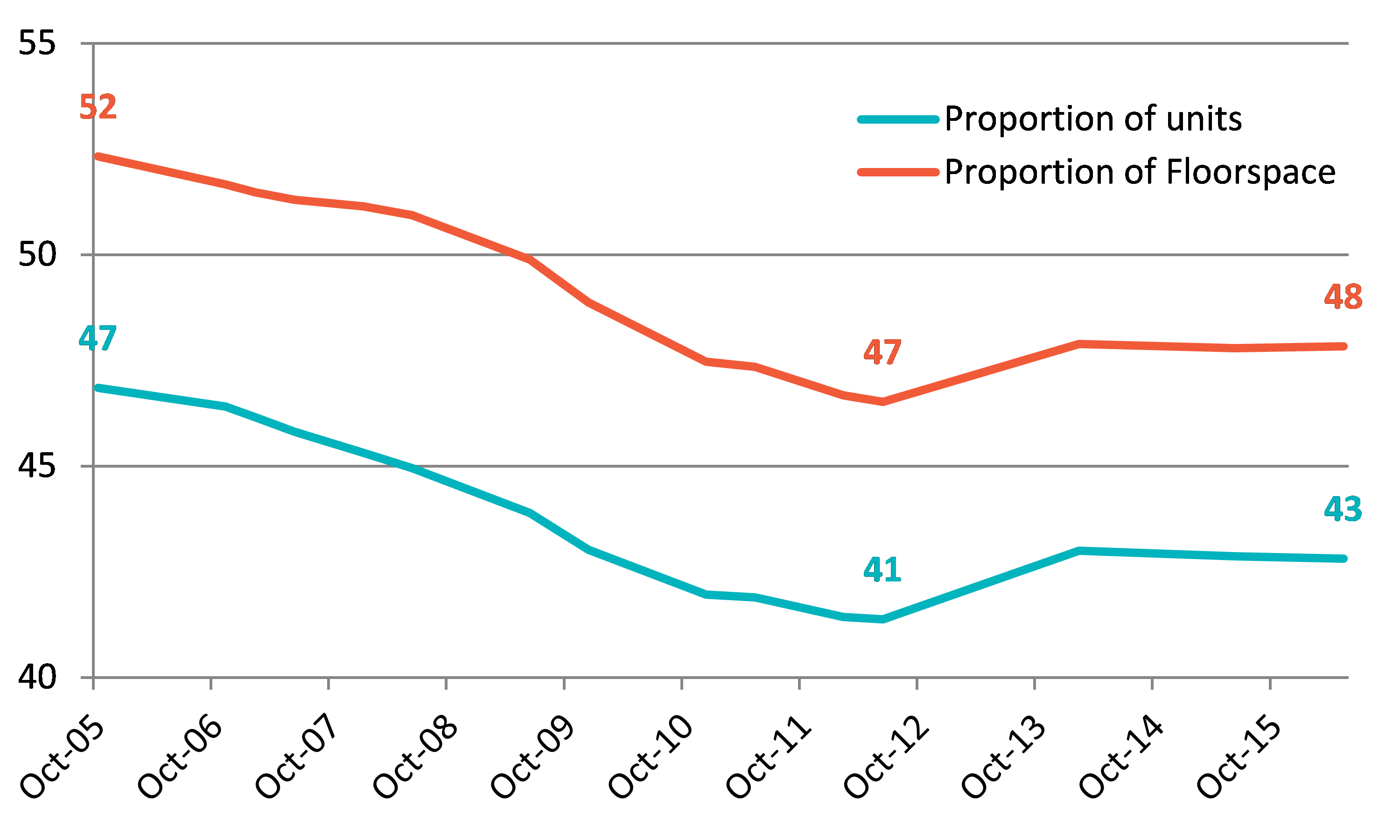

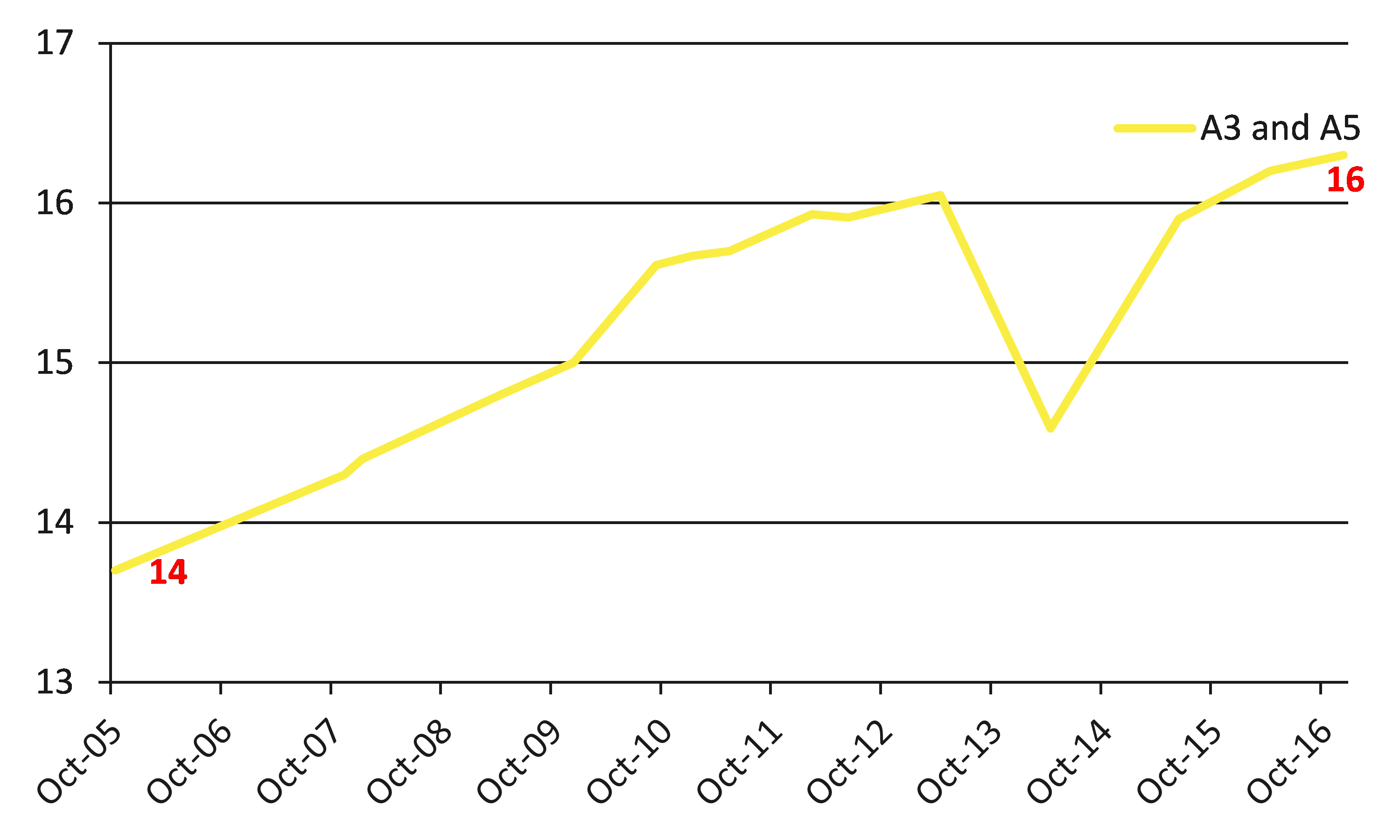






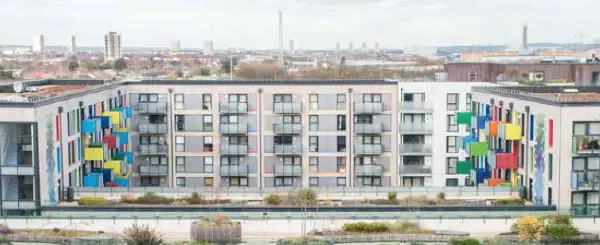
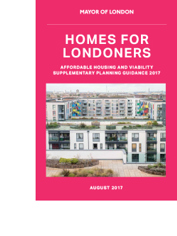 The Mayor of London, Sadiq Khan, published his Affordable Housing and Viability Supplementary Planning Guidance (SPG) this week. Since coming to office last year, the Mayor has set about expediting key planning documents for London in an attempt to bring greater certainty to a chaotic political environment and to deliver on the promises he ran on during the election.
The Mayor of London, Sadiq Khan, published his Affordable Housing and Viability Supplementary Planning Guidance (SPG) this week. Since coming to office last year, the Mayor has set about expediting key planning documents for London in an attempt to bring greater certainty to a chaotic political environment and to deliver on the promises he ran on during the election.
 ‘
‘